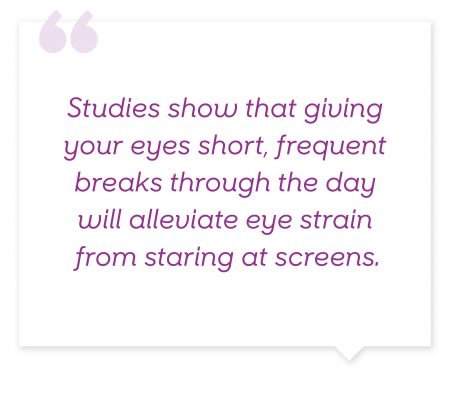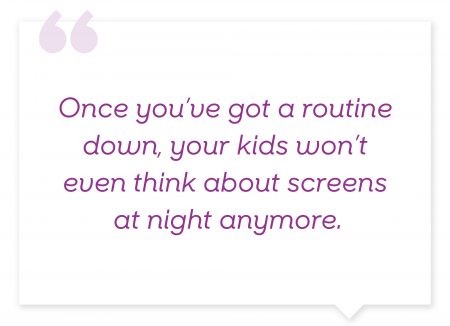Video homeschool is a huge blessing for so many of our Abeka families. Streaming or DVD video lessons allow their kids to get a Christian education no matter where they live or how much time parents are able to allocate to homeschool.
The lessons are set in real classrooms with real children by our master teachers. But of course, watching video homeschool lessons requires a screen.
Whether you use video lessons for one subject or every subject for the year, it’s important to be intentional about facilitating a balance for your children between screens and other activities. Here are six ideas for how to enjoy the perks of video homeschool without allowing too much screen time:
1. If you do homeschool with screens, exclude them from free time.
The convenience of doing homeschool on video is incredible. You can take school anywhere, and your kids are being educated by engaging master teachers. But if your children are watching screens most of the day for school, they should find an activity that doesn’t require a screen for their time off. Try board games, crafts, hide and seek, drawing, or painting, or encourage them to learn an instrument. If the weather is nice, send them outside. Anything that gives them an outlet without needing a screen is a great idea.
2. Encourage breaks after each subject.
Studies show that giving your eyes short, frequent breaks through the day will alleviate eye strain from staring at screens. Make these breaks into a game. For instance, tell them to get up and turn on their favorite song to sing along to every 15 minutes. Or, if they don’t like to sing, tell them to stand up and recite their favorite Bible verse, or even just walk around the house or step outside for a few minutes.
3. Promote note-taking.
Taking notes on paper is a great way to break up the monotony while giving the eyes a
break. Plus, writing is proven to help with retention. Any time your kids are engaged with video homeschool, make sure they have a notepad and a pencil for notes. The quick break from the screen will give their eyes some reprieve and provide them with areas of focus after the lesson is over.
4. Set the example.
Put the phone down. It’s easy to always have it in hand, checking email or social media, or playing games. But set the example for your kids by putting the phone and tablet away. Show them that you don’t need constant entertainment. Keep the TV off unless you’re engaged with a movie as a family or watching something specific. Removing the temptation can make all the difference in the world.
5. Avoid using screens at night.
Screen time at night has been shown to interfere with sleep. Make a concerted effort to avoid watching TV, using iPads, or playing on phones within 30 minutes of bedtime. Start a routine that leaves all screens out of the equation before bed –– take a bath, read a book, and say prayers. Once you’ve got a routine down, your kids won’t even think about screens at night anymore.
6. Make a point to fit in physical activity throughout the day.
This goes without saying, but no matter your age, making sure to get in some activity every day is so important. Homeschool allows your kids even more flexibility to take advantage of this. Take lunch outside and then go for a walk. Start the day with a walk each morning, or end the school day with a stroll to the park. Whatever method you choose, 30 minutes of an elevated heart rate is recommended.
As long as you’re intentional in prioritizing a balance between screens and other activities, video homeschool will continue to be a wonderful, flexible opportunity to do homeschool your way.







Chalais:
April 2, 2020I love abeka.
Reply to this Comment